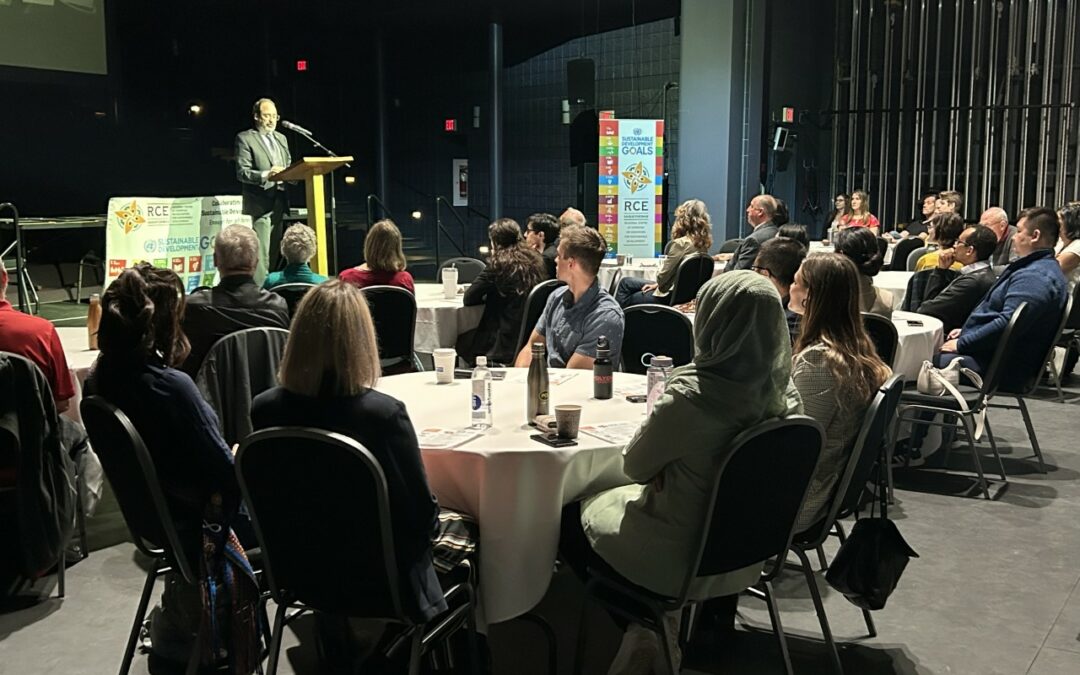A number of organizations have been recognized for their work on sustainable development.
Wednesday in Prince Albert the 15th Annual Awards for Achievement in Education for Sustainable Development were held at the E.A Rawlinson Centre. The awards are presented by the Regional Expertise on Education for Sustainable Development (RCE), which is voluntary network made up of people and organizations. The founding partners include both the province’s major universities.
Among those recognized was Cowessess First Nation, which was given an award for their solar energy power project. The First Nation was nominated for the recognition by Arzu Sardarli a professor of physics and mathematics at First Nations University of Canada in Prince Albert. Sardarli told MBC Radio News he nominated the project for an award after getting to see it up close for himself.
“I am always (observing) what my students are doing and their success and I heard about this project, I was in that community because it was very interesting for me,” he said.
The awards have a number of criteria for projects and developments. Specifically they need to provide for the needs of people in the present without compromising the needs of people in the future. The project should as well have a public education component to it. Sardarli explained the green energy component of the project helps the Cowessess solar power project meet many of the criteria. He added the First Nation has as well brought students out so they can learn about the solar power plant. Sardarli believes Cowessess has blazed a new trail with the project.
“I am sure that this is a project many, many communities including First Nations communities will follow,” he said.
Another project which was recognized Wednesday was one done by students from the University of Regina who were working under professor Stephanie Young in the Environmental Systems Engineering program. The students, their professor and others worked with the Carry the Kettle Nakoda Nation to deal with an issue at the community’s waste water treatment plant. Specifically the plant’s sewage lagoon would get too full forcing the bypass of untreated sewage.
“So our students tried to develop options to retrofit the existing lagoon system, try to increase waste water treatment capacity to eliminate the bypass of the sewage,” said Young.
Over the course of their work the students, their professor and others were able to develop a solution using irrigation systems to enhance the treatment processes to deal with the issue.
